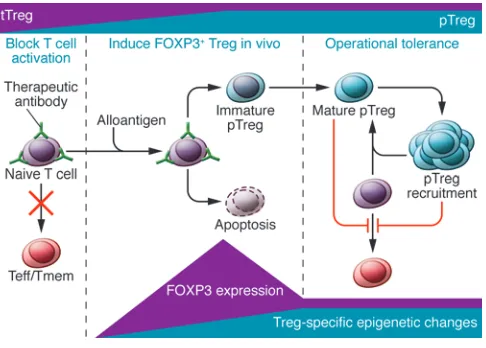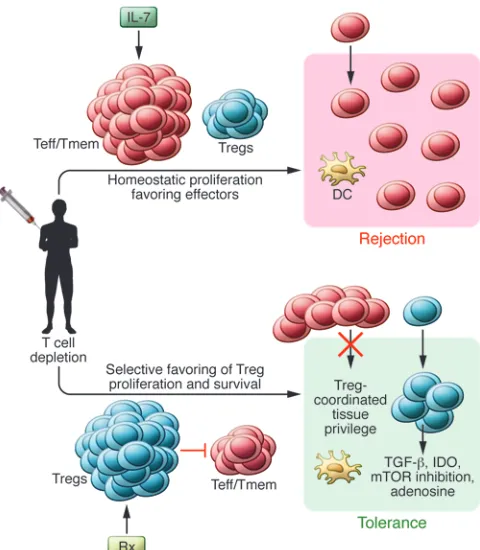Harnessing FOXP3+ regulatory T cells for transplantation tolerance
Full text
Figure


Related documents
(B) DLEC1 protein expression was detected by Western blot in human normal tissues of esophageal, lung and testis, immortalized esophageal epithelial cell lines and
Acute and Recurrent Urinary Tract Infections in Infants and Children SEROLOGICAL CHARACTERIZATION OF ESCHERICHIA COLI: Study
The main aim of the application will be supporting the user by providing access to multiple applications in a well-organized manner which will help the user to check
importance of a relationship with a television or social media personality (Frederick, et al.,.. 2012; Rubin, Perse, & Powell, 1985), here physical and social attraction were
method using β-glucosidase isolated from sweet almonds showed an extent of. glycosylation
Conclusion: SRUS may manifest on endoscopy as multiple ulcers, polypoidal growth and erythematous patches and has shown to share clinicopathological features with rectal
Given the substantial potential bene- fi t on child health and development, the American Academy of Pediatrics believes that public funding and oversight for human embryo and
According to Caroli- Bosc et al.[22] there is an association between the size of cystic duct and its left lateral attachment to the gall bladder so that most laterally